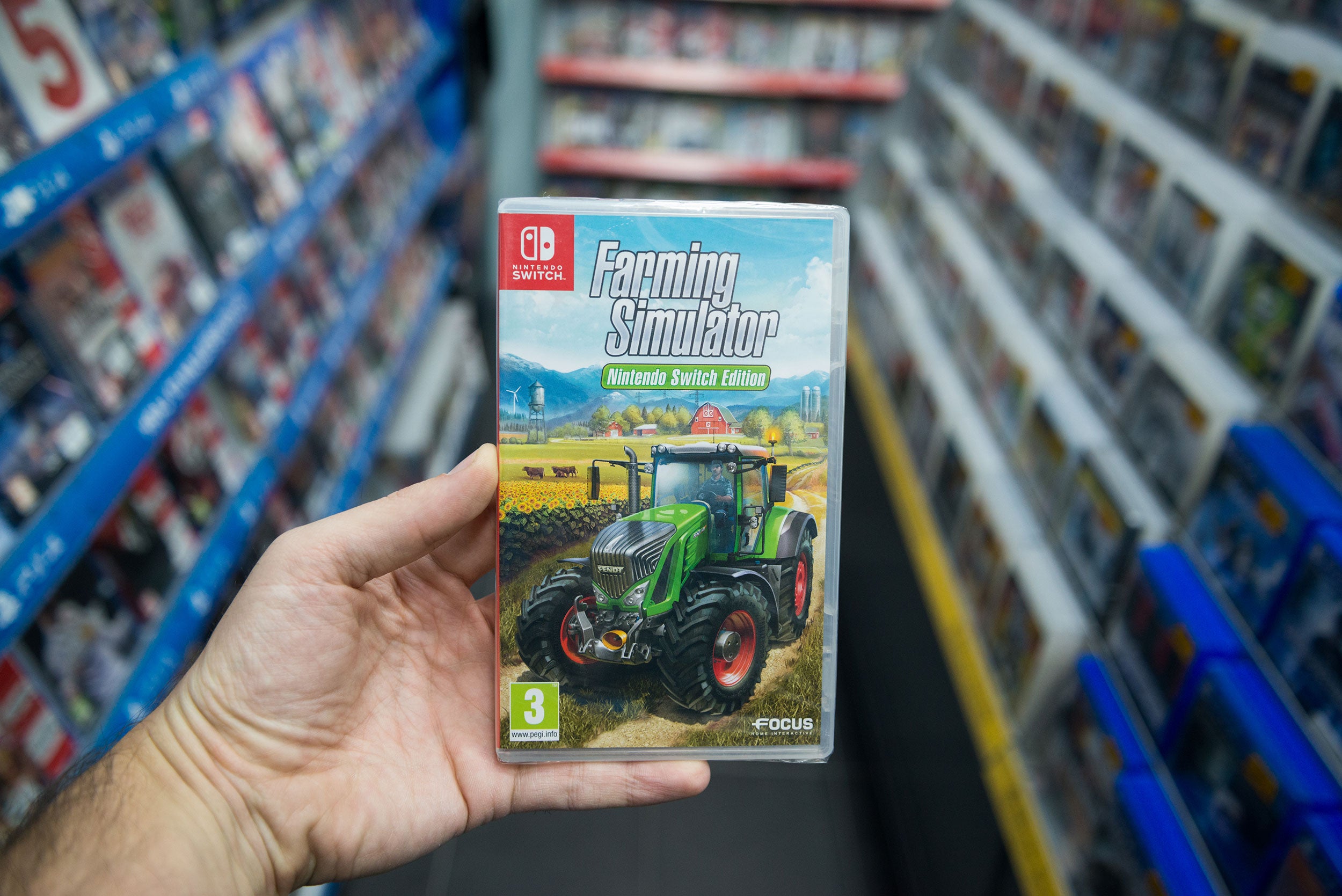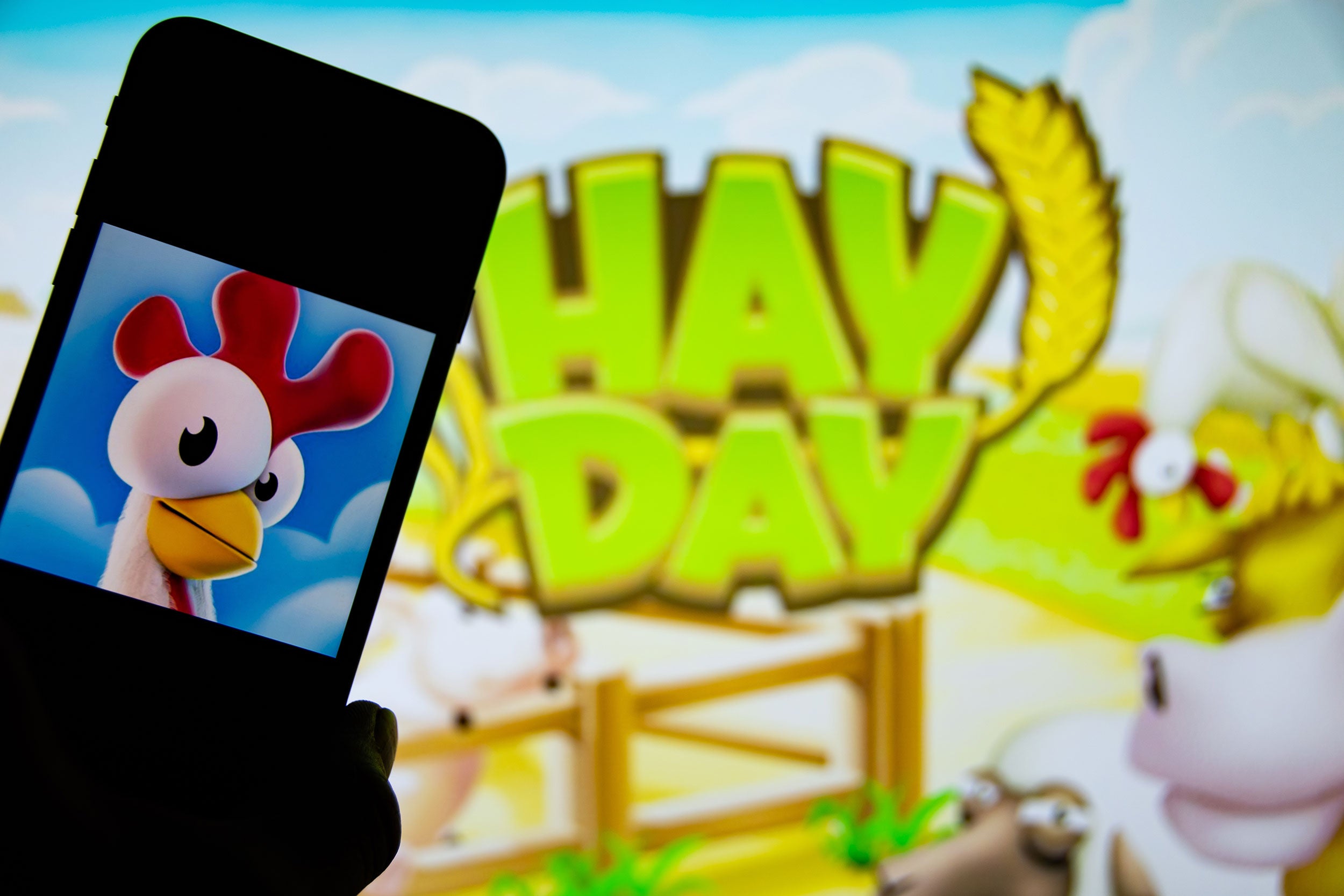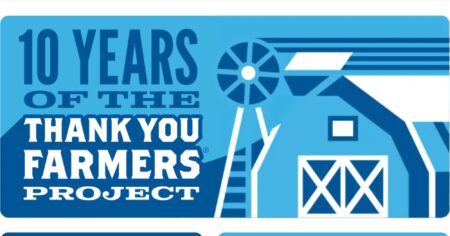Farmers, ranchers, and other ag stakeholders have dedicated considerable effort in recent decades trying to get more people onto farms and learning about this industry we love. Yet, it’s not realistic to get all people to visit farms and make that connection with their food sources.
Despite this barrier, millions of people are getting their first taste of agriculture in a different way — through video games. A wide variety of games such as Farming Simulator, Stardew Valley, and Hay Day have become a surprisingly popular part of the gaming industry. Players get to virtually harvest crops and raise livestock, all without leaving their couch.
It’s easy to wonder: Do these games actually teach people about agriculture or is it just a chance to escape everyday life with a farm theme?
Part of the reason games like these are so popular is that they offer a sort of escapism other types of games don’t provide. Farming is still seen as a “simple life” in some ways. It also offers something different. Part of the appeal of agriculture in both real life and in virtual games is that it’s different (often vastly different) from many people’s lives. With fewer people living on farms, it’s becoming more novel and interesting to people who don’t regularly experience it.
Hay Day, for example, is a mobile game with over 300 million downloads and is a fun and easy game located right on your phone. Players get the chance to raise animals, plant crops, make products with what they’ve grown, and trade with neighbors.
A different style of game is Farming Simulator, which is well known for its detailed machinery. Players can drive farming equipment, tractors, combines, and truck rigs that are modeled after real equipment. For those who don’t know much about agriculture, these games can spark some curiosity and interest in where food comes from. Personally, I really love this one.
To be sure, no one should really believe that farming in a game is the same as farming in real life. Wheat doesn’t grow in five minutes, cows don’t just magically produce milk only after feeding them, and no farmer makes a living entirely by selling what they grow in a farm stand at the end of their road.
But some games do teach people the basics of agriculture. Farming Simulator shows players real brands and pieces of farming equipment and teaches players about basic crop rotation and marketing. It’s nowhere near perfect, but it does demonstrate that crops don’t just magically grow after being planted.


Another game, Stardew Valley, highlights farm diversification and balance, because it’s hard for both real and virtual farmers to balance time, resources, and community. Hay Day is very oversimplified, but it also gives players a sense of how farmers balance different things at once, crops, getting animal feed, raising livestock, and selling your products.
These types of games generally give players only the fun parts of farming without the actual stress, debt, or long work days. Real farmers might find it funny that people are drawn to these simplified versions of ag, but it gets people thinking about it.
That comes back to the central question of: Do these games really teach people anything? It’s a bit of a yes and a bit of a no. On the plus side, these games can spark curiosity for people to learn more and maybe look up “is this how it’s really done?”
They can also demonstrate the skills a farmer must have and how complex the lifestyle really is. Players learn how many decisions face farmers, how many tasks must be done (sometimes all at the same time), and the basics of how farmers manage finances. They also give players a simple appreciation of how much effort goes into producing our food.
Now, what do these games get wrong? The biggest thing is how oversimplified games are. Which is understandable, because if a game had all the detail and timing of a real farm, no one would play it. Games often leave out the risks posed by factors such as weather, pests, and diseases. There’s also a lot of science and facts missing, like true animal care practices such as vaccinations and tagging animals and how to manage soil health. Players also don’t learn how long it can really take to see results and make a profit.


At the end of the day these games are a fun introduction to ag, but should never be mistaken for being truly educational.
Why should we care about this? These games reach millions of people around the world and can give people an excitement and curiosity about agriculture that they never had before. As a whole, us farmers and advocates can use this interest to spark deeper conversations and real learning. And we need to remember, lots of ag experts play these games themselves. Why? They’re fun and offer a familiar escape by allowing you to make whatever type of farm you want without the stress and investment a real farm takes.
Agriculture has truly always been everywhere, and video games are no exception. While they’re not perfect at teaching people about ag, they help bridge the gap to the farm. Plus they’re a pretty good reminder that agriculture is interesting to everyone. There’s no denying it, agriculture has found a home in the gaming world.
Michelle Miller, the Farm Babe, is a farmer, public speaker, and writer who has worked for years with row crops, beef cattle, and sheep. She believes education is key in bridging the gap between farmers and consumers. Find more about Michelle on her website.












